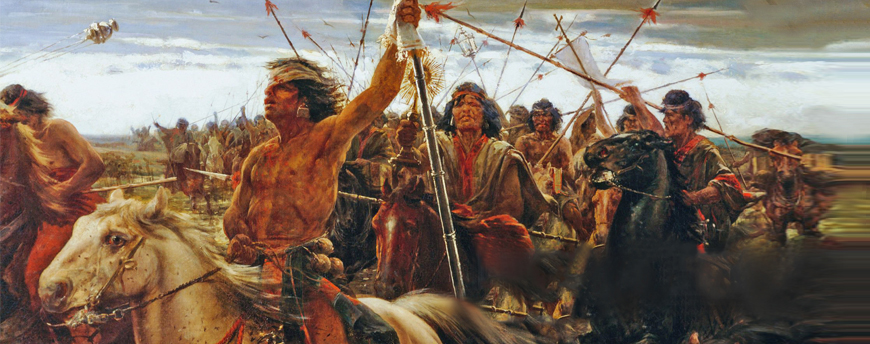Borders in Ibero-America, considered marginal areas in relation to central areas, have been reformulated in the light of new research, as spaces where multiple, dynamic and complex processes have been generated.
The Pampean border of northern Patagonia, on the River Plate, is no exception, and since the 1980s there has been a historiographical change in its study, as well as in that of the indigenous societies related to it. In this process, the dynamics of colonial and republican violence were examined, and categories such as “genocide” and “imperial massacres” were used to explain and name the ways in which, in both cases, it was intended to manage, organize and pacify the populations that escaped. to de facto political limits. In this context, captivity – as a border drama – and the paradigm that defended that indigenous groups were unaccompanied, were reconfigured.
We will analyze these issues in more detail, with special reference to indigenous captivity, without failing to point out the difficulties that persist, despite the aforementioned renewal, in the lack of dialogue between “indigenous history” and official history.

